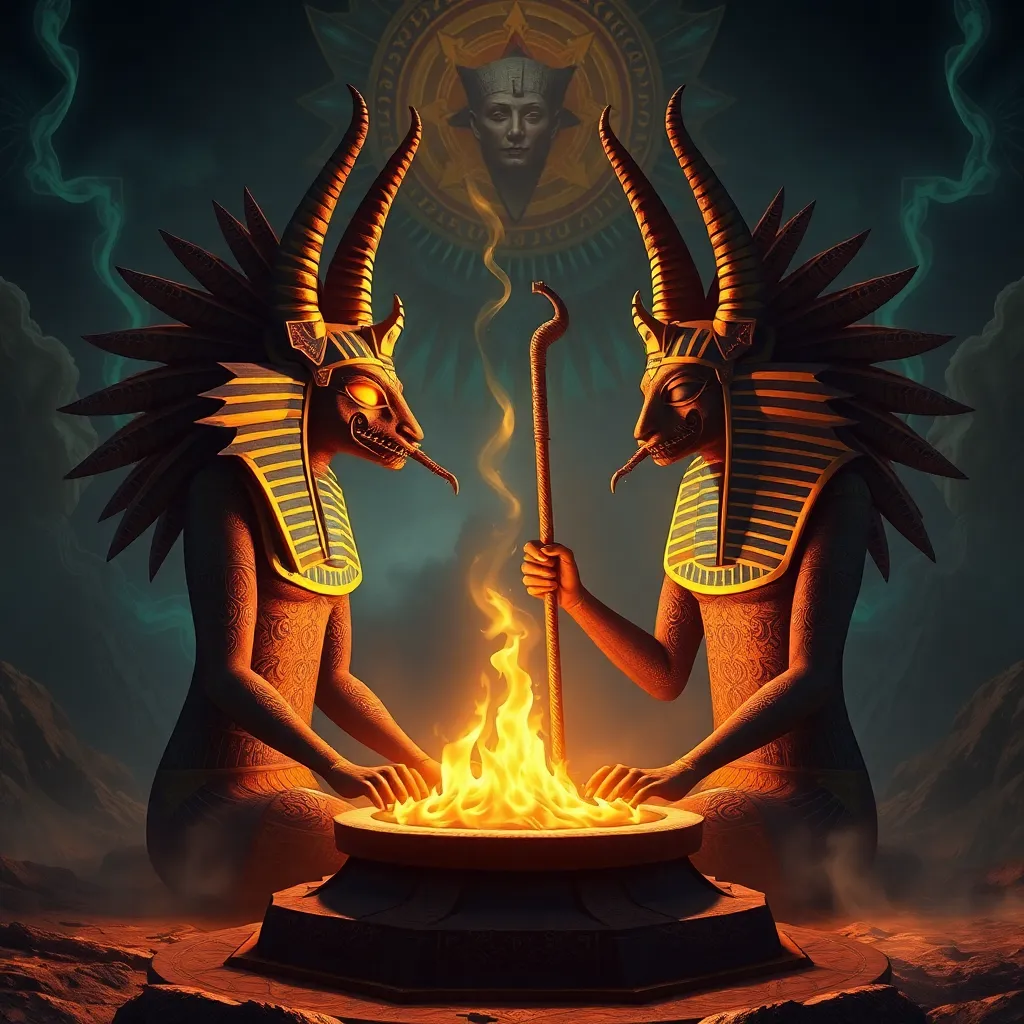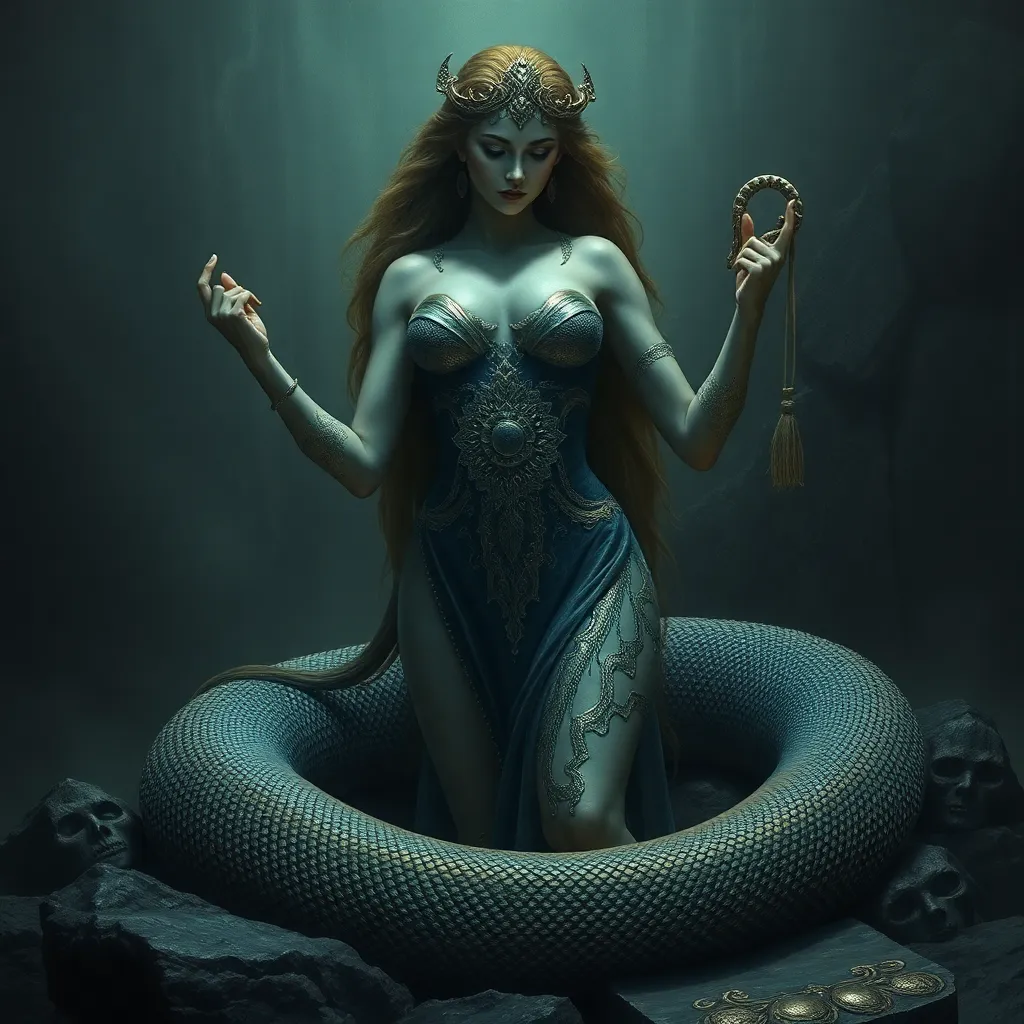The Dragon in Myth: A Universal Symbol
Dragons, with their awe-inspiring scales, fiery breath, and captivating presence, have captivated the human imagination for millennia. These mythical creatures are not confined to a single culture or region; they weave their way through countless myths, legends, and folktales, appearing in diverse forms and embodying a wide range of symbolic meanings. From the soaring, serpentine dragons of the East to the fearsome, fire-breathing beasts of the West, dragons have served as both benevolent protectors and terrifying monsters, reflecting the deepest fears and aspirations of humanity.
From Guardian to Monster: The Shifting Role of the Dragon
Across cultures, the role of the dragon has shifted and evolved, reflecting changing societal values and perspectives. In some ancient traditions, dragons were venerated as divine beings, representing power, wisdom, and spiritual strength. In other cultures, they were seen as guardians of sacred sites, treasures, and knowledge. However, as time passed, dragons gradually morphed into destructive forces, symbols of chaos and destruction, often associated with greed, temptation, and the darker aspects of human nature.
Eastern Dragons: Guardians of Wisdom and Power
In East Asian cultures, dragons are often portrayed as majestic, wise, and benevolent beings. In Chinese mythology, dragons are associated with the emperor and symbolize good luck, prosperity, and strength. They are believed to possess immense power over the elements, particularly water, and are often depicted as guardians of rivers, lakes, and the sea. In Japanese mythology, dragons are known as *ryū* and are associated with both power and wisdom. They are often portrayed as benevolent protectors, guarding temples and shrines, and are associated with the element of water and the ability to transform.
Western Dragons: Fiery Beasts of Chaos and Destruction
Western dragons, in contrast to their Eastern counterparts, are typically portrayed as fearsome, fire-breathing creatures associated with chaos and destruction. In European mythology, dragons are often depicted as monstrous beings that hoard treasure, terrorize villages, and threaten the safety of kingdoms. They are associated with the elements of fire and earth and are seen as symbols of primal power, greed, and the untamed forces of nature.
The Serpent’s Legacy: Tracing the Dragon’s Roots
The dragon’s origins can be traced back to the ancient serpent, a ubiquitous symbol in mythology and folklore. The serpent, often representing both fertility and danger, is found in the myths of countless cultures around the world. The association of snakes with wisdom, healing, and supernatural abilities likely inspired the development of the dragon as a more powerful and complex creature. From the serpent’s ability to shed its skin, symbolizing renewal and transformation, to its venomous bite, representing both danger and healing, the serpent’s legacy is deeply intertwined with the dragon’s mythic origins.
Dragons as Representations of Nature’s Force
Dragons, with their connection to the elements, often serve as powerful symbols of the forces of nature. Their association with fire, water, earth, and air reflects humanity’s awe and fear of the unpredictable and powerful forces that shape our world. Dragons, in their embodiment of these elements, remind us of the interconnectedness of life and the cyclical nature of existence.
Eastern dragons, particularly those associated with water, symbolize the fluidity and adaptability of nature. Their ability to control rain, floods, and storms reflects the power and unpredictability of the natural world. Western dragons, with their fiery breath and connection to volcanoes and mountains, represent the destructive power of nature, both in its ability to create and destroy. Their association with the earth reflects the ancient belief in the power of the land to both nourish and threaten.
Dragons as Symbols of Transformation and Rebirth
The dragon’s ability to transform and regenerate is a powerful symbol of renewal and rebirth. The serpent, from which the dragon is often derived, sheds its skin, symbolizing the cycle of life, death, and resurrection. This image of transformation is evident in both Eastern and Western dragon myths. Eastern dragons, with their ability to change form and fly through the air, are seen as symbols of transcendence and spiritual growth. Western dragons, especially those associated with the element of fire, are often depicted as rising from the ashes, representing the ability to overcome adversity and emerge stronger.
The dragon’s association with transformation speaks to the inherent human desire to overcome limitations and break free from the constraints of the physical world. The dragon, as a symbol of transformation, represents the potential for change, growth, and the possibility of a new beginning.
The Dragon in Literature and Art: A Tapestry of Imagination
Dragons have been a source of inspiration for artists and writers for centuries, their formidable presence and multifaceted symbolism captured in a wide range of mediums. Their image appears in paintings, sculptures, tapestries, and literature, reflecting the diverse cultural perspectives and imaginations that have shaped their portrayal.
In literature, dragons have appeared as both antagonists and protagonists, their roles shaping the narratives and reflecting the values and anxieties of their time. From the epic battles of Beowulf to the cunning and wisdom of the dragon Smaug in Tolkien’s *The Hobbit*, dragons have captivated readers with their power and enduring appeal.
Art, in all its forms, has provided a canvas for the artistic expression of the dragon’s symbolic power. Ancient cave paintings depict dragon-like creatures, indicating their presence in early human consciousness. Medieval tapestries and stained glass windows feature dragons as guardians of castles and symbols of power. Contemporary artists continue to explore the dragon as a source of inspiration, reinterpreting its image and drawing upon its symbolism in their own creative explorations.
Psychological Interpretations of the Dragon Archetype
The dragon archetype, with its complex and multifaceted symbolism, has been a source of fascination for psychologists and mythologists alike. Carl Jung, in his study of the collective unconscious, identified the dragon as a powerful archetypal symbol, representing both the destructive and creative aspects of the human psyche.
Jung saw the dragon as a metaphor for the shadow self, the darker and often repressed aspects of our personality that we may struggle to acknowledge or integrate. The dragon’s fire, representing passion, anger, and aggression, can symbolize the raw energy of the unconscious, both destructive and creative.
The dragon, as a symbol of transformation, can also represent the journey of self-discovery and individuation. Facing and integrating the shadow self, symbolized by the dragon, is an essential part of personal growth and spiritual development.
Modern Dragons: Reinterpretations and Evolution in Contemporary Media
In contemporary media, the dragon has undergone a reinvention, blending ancient symbolism with modern storytelling and visual aesthetics. From fantasy films and television shows to video games and comics, dragons continue to captivate audiences with their distinctive features and enduring appeal.
Modern dragons, while retaining their connection to the ancient archetype, often reflect the values and anxieties of our time. They may embody themes of technology, environmentalism, and social justice, reflecting the complex challenges facing contemporary society.
The dragon, as a symbol of both power and vulnerability, continues to resonate with audiences, its enduring appeal reminding us of the enduring power of myth and its ability to shape our understanding of the world and ourselves.
FAQ
**What are the main differences between Eastern and Western dragons?**
Eastern dragons are typically portrayed as benevolent beings, associated with water, wisdom, and power. They are often depicted as serpentine and graceful, with the ability to fly and control the elements. Western dragons, in contrast, are often depicted as fearsome, fire-breathing beasts, associated with chaos, destruction, and greed. They are typically more reptilian in appearance and often hoard treasure.
**What are the psychological interpretations of the dragon archetype?**
The dragon archetype, according to Carl Jung, represents both the destructive and creative aspects of the human psyche. It can symbolize the shadow self, the darker and often repressed aspects of our personality. The dragon also represents the journey of self-discovery and individuation, with the process of facing and integrating the shadow self being essential for personal growth.
**What are some examples of modern dragons in popular culture?**
Modern dragons can be found in many contemporary films, television shows, video games, and books, including:
* **Game of Thrones:** The dragons in this series represent both power and destruction, reflecting the complexities of the human condition.
* **How to Train Your Dragon:** This film series presents dragons as both formidable and endearing creatures, challenging traditional stereotypes.
* **The Hobbit:** Smaug, the dragon in this classic tale, is a cunning and powerful antagonist, symbolizing both wealth and greed.
**How are dragons used as symbols in modern society?**
Modern dragons continue to be used as symbols in various contexts, including:
* **Sports teams:** Many sports teams use the dragon as their mascot, symbolizing strength, power, and tenacity.
* **Brands and corporations:** Companies often use the dragon as a symbol of power, innovation, and success.
* **Environmental activism:** The dragon, as a symbol of nature’s power, has been adopted by environmental organizations to raise awareness about climate change and environmental protection.




